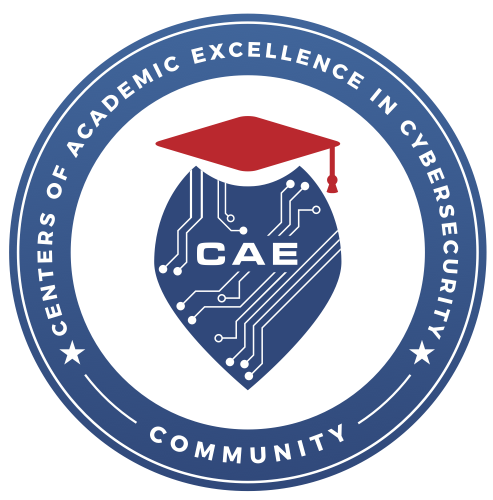Home | Advancing Technology Degrees | Artificial Intelligence
University of Advancing Technology's (UAT) Artificial Intelligence (AI) degree explores the theory and development of tools that simulate thinking, patterning and advanced decision behaviors by software running on computing devices. AI applications are able to solve and navigate complex scenarios that require drawing inferences appropriate to situations, performing decision-making using complex and changing data, discovering meaning, generalizing conclusions based upon learned events and from experience. AI approaches within software form the underpinnings of autonomous devices, such as self-driving vehicles and drones. Technologies such as big data analysis, voice recognition, simulation agents and IoT devices all require AI algorithms.
The Artificial Intelligence degree covers fundamentals of general and applied AI including core programming languages and platforms used in computer science. Advanced coursework encompasses applying principles of natural language processing, machine learning, behavior simulation and deep learning based on big data sets. Students prepare for future-oriented AI uses by applying computer science approaches and AI concepts as they develop solutions to real-world projects within production studio settings.
UAT’s Artificial Intelligence degree will help you design digitally simulated thinking, patterning and advanced decision behaviors.
Check out some of this semester’s Artificial Intelligence courses and gear up for fresh challenges. Unlock new skills and power up your education.
The purpose of this course is to introduce the fundamentals of computer science and programming. Students will become familiar with problem solving techniques and algorithm development using computers, including a structured high-level programming language. Topics will include flow of control, assignment, arrays, functions, and input and output, among others.
This course introduces what AI is, the history, and where it is going. Students will understand how AI utilizes technology and impacts the world today. Students will go beyond understanding to developing both AI and analytics applications utilizing libraries and other resources to accomplish this. This course does use programming but the research and use of libraries is the primary focus.
This course will introduce students to the commands, architecture, and applications of structured query language (SQL). Topics will include design documents for a database such at Entity Relationship diagrams, creation of the database schema, creation, access, and manipulation of databases, tables, views, indexes, and stored procedures. In addition, normalization, optimization, backups and database restores will be studied and implemented.
In this course, students will explore both historical approaches for AI, as well as the major subfields and applications of AI today. These include using AI in intelligent devices, machine learning, voice recognition, APIs, and libraries for these implementations. Students will then apply that knowledge to create their own fully functioning AI applications.
This course focuses on the artificial intelligence field of machine learning. Students will build upon their previously acquired programming and AI fundamentals and develop additional skills essential for developing their own original machine learning algorithms. This is a projects-based class where students will apply unsupervised and supervised machine learning techniques, predictive data models, classification, online learning algorithms, neural networks, and predictive analytics to current machine learning trend case studies.
This course explores the specification and implementation of containers as abstract data types. Structures covered include strings, vectors, stacks, queues, sequential lists, binary trees, hashes and graphs. The course also investigates algorithm design and evaluation, such as sorting, search, recursion and algorithmic analysis.
UAT’s Synchronic Learning model provides an education framework that prepares superior graduates to become tomorrow’s innovators. This model embodies UAT’s methodologies, curricula and community dedicated to fostering an environment of innovation that promotes demonstrated mastery and job readiness.
How does UAT prepare superior graduates? Students are required to participate in projects that solve real problems. UAT requires students to innovate and create a working proof of concept that’s never been done before. Students complete internships, community projects and apprenticeship experiences to cultivate their ability to succeed in the workplace.

Network Security curriculum certified by the US National Security Agency's Information Assurance Courseware Evaluation program
